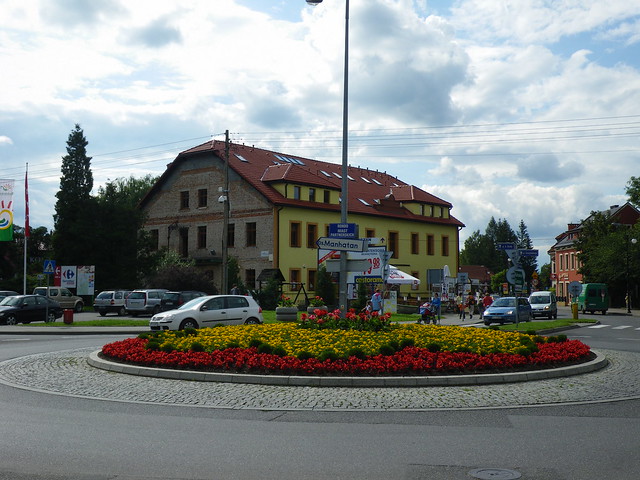Priyamvada Natarajan has written an article on the Huffingtonpost about how she thinks we should improve math education. She says:
We are failing to teach our children the fundamentals of mathematics and quantitative reasoning skills. These skills form the foundation upon which future technical education is based. Children do not attain adequate proficiency, develop math phobia and as a result we lose a vast talent pool of potential engineers and scientists. Most of the high-paying jobs of the future will require mathematical fluency — a skill that most American students leaving school do not come close to possessing.
…
Finally, it’s time to return to old-fashioned rote learning. My work now involves complicated and abstract math, but I started where everyone can: with the multiplication tables. Here are two truths: 7 x 5 = 35 and developing dexterity with mental arithmetic leads to comfort with quantitative reasoning.
I responded:
As an alternative to this article, see: http://www.edutopia.org/blog/mathematics-real-world-curriculum-david-wees
The issue, in my opinion, is not that students are not learning computations, it’s that they are rarely learning these computations in useful contexts. The "fake" textbook word problems that are presented to students are an attempt to develop some sense of context for students, but most of these fail to address the cultural and socio-economic differences in students.
Keith Devlin talks about this issue in his book, "The Math Instinct", which I consider to be part of the required reading for all who are interested in math education reform. Further, I would add "A Mathematician’s Lament" by Paul Lockhart and " The Four Pillars Upon Which the Failure of Math Education Rest" by Matthew A. Brenner (see http://www.k12math.org/doclib/4pillars.pdf).
Another useful video to watch (created by Gord Hamilton of http://www.mathpickle.com) has another perspective on this issue. Watch it here: http://www.youtube.com/watch?v=3sN3dEVeMb8
As for the utility of the Khan Academy videos, see Derek Muller’s video where he demolishes the notion that kids learn effectively from standard video lectures: http://www.youtube.com/watch?v=eVtCO84MDj8
The issue in math education is complicated. You can’t just say, "increase rote memorization and everything will be better" because the world has changed since that was necessary. We don’t live in a world where memorizing everything (note: memorizing some things is still useful) is necessary. We don’t need to carry rote memorization in our heads as much, so long as we understand how and why we can access the information.
Another issue (which I did not include because I ran out of words) is that people, who are well-meaning but not knowledgeable on the issue of math education, keep suggesting rote learning as an alternative to our current system. "More of the same" is not a solution to the problem. I’m fine with people presenting alternatives to our current system, but if you are going to post in a high profile location, I strongly recommend you do your research first…

